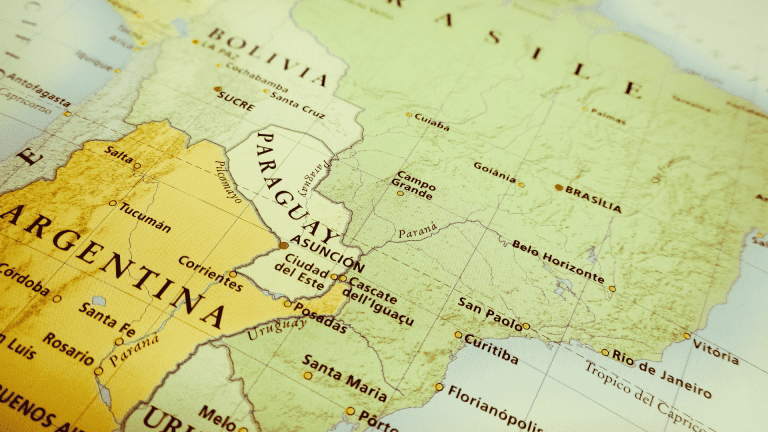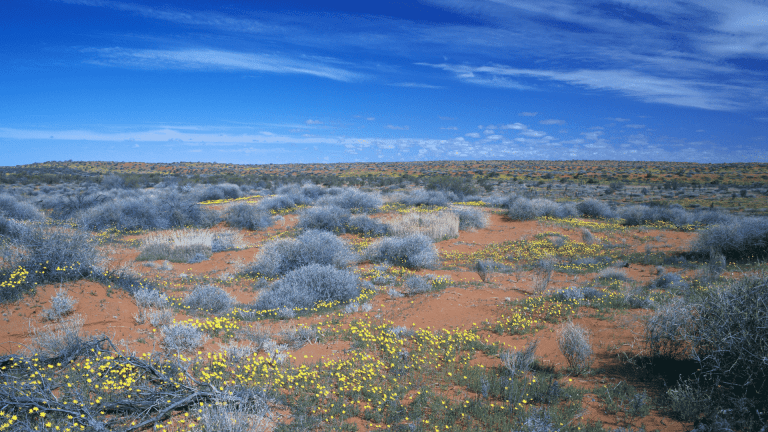International Woman's Day
Tuesday sees the annual celebration of International Women’s Day. We’re not sure if tickets are still available, but the annual Women’s Museum of Australia’s annual breakfast is being held at the Doubletree Hilton, check it out via this link.
Meanwhile, celebrate with books by and about women, especially here in central Australia!
Why have a month focussing on women’s history and why celebrate Australian women historians and writers, as well as their subjects? by Eleanor Hogan
In 1970, Robin Morgan used the word ‘herstory’ in Sisterhood is Powerful to highlight women’s exclusion from history – both as subjects and as historians – and the need for alternative accounts. Until the late 20th century, mainly men wrote official histories – typically Anglo-Celtic men in Australia’s case since colonisation. Women’s perspectives and their experiences, especially those associated with traditionally feminine domains such as domesticity and childrearing, were often sidelined and deemed of little significance, as were women themselves. The second-wave feminists of the 1970s and ‘80s were highly influential in bringing women’s stories – past and contemporary – into public awareness through the creation of publishing initiatives such as Virago and the Women’s Press, and journals like Lilith and Hecate. While there are now many historical works written by accomplished professional women historians, novels, memoirs and other writing also provide rich insights into women’s experience from other times and milieu, given that women have been – and often still are – excluded as writers of history because of educational, cultural, language and other barriers. This is particularly so for women from different ethnic, cultural, social and economic backgrounds, who have been doubly marginalised from authorised historical accounts. Everyone has a take on their own past and their own story to tell.
Here are half a dozen titles by Australian women writers and historians, reflecting a sweep of Australian history and a range of life experiences. There were many more I could have chosen.
Ernestine Hill, The Great Australian Loneliness (first published in 1938, republished by ETT 2021)
Journalist and travel writer Ernestine Hill’s The Great Australian Loneliness (1938) is a jaunty, rollicking ride across outback Australia during the 1930s. Rough-edged and rambling, with an unreliable narrator given to romantic hyperbole and boosterism, it is a joyful if sometimes difficult read because of its out-dated views. Hill nevertheless captures the vibrancy, diversity and unruliness of ‘remote’ life and communities, including glimmers of Aboriginal women’s contribution to early 20th-century outback Australia.
Elizabeth Harrower, The Watch Tower
When a young woman without parents or wealth marries her boss in a bid for security, she and her sister find themselves trapped in a Bluebeard’s Castle-style claustrophobic domicile. Long before coercive control was recognised as a form of abuse, this domestic gothic novel casts light on how limited options were for women outside the nuclear family in 1940s Sydney suburbia.
Drusilla Modjeska, Stravinsky’s Lunch (1999)
Stravinsky insisted his family eat their lunch in silence so he could compose symphonies, and this biography of two women artists asks whether domesticity interrupts or stimulates creative life. While both were born in Australia in the early 1890s, Stella Bowen roamed abroad to pursue an artistic career, marrying author Ford Madox Ford and mixing with Parisian café society during the 1920s. Echoing the title of Modjeska’s first book, Exiles at Home (1981), Grace Cossington Smith lived quietly at home, drawing inspiration from domestic interiors and Sydney’s north shore, but was later credited as a pioneer of Australian modernist art.
Clare Wright, The Forgotten Rebels of Eureka (2013)
Historian Clare Wright grapples with the mud, sweat and general bloodiness of being a woman on the Ballarat goldfields in the 1850s. Highlighting how historical accounts of the Australian goldfields typically focus on men, Wright’s Stella Prize-winning book exposes just how many women lived and worked at Ballarat from the first discovery of gold to the Eureka stockade in 1854. The Forgotten Rebels of Eureka presents a lively ensemble cast of Victorian women diggers, entrepreneurs and activists, a shifting kaleidoscope of their lives and experiences which spirals out to encompass Australian and international comparisons.
Samia Khatun, Australianama (2019)
Historian Samia Khatun investigates how a copy of Kasasol Ambia, a late 19th-century book of Bengali Sufi poetry, ended up at a mosque near Broken Hill by tracing the footprint of those South Asians, colloquially known as ‘Afghans’ and ‘Muslim cameleers’, who were pivotal in the development of trade routes and infrastructure across Australia. In the process, she uncovers how South Asian and First Nations oral story-telling traditions – long suppressed and obscured by mainstream colonial history – became interwoven. She also reflects on the predicament of women from both groups, especially those in interracial relationships, such as that of Wangkatha woman Lallie Matbar, whose marriage to Akbar Khan was declared invalid under the Aborigines Act 1905 (WA).
Kanakiya Myra Ah Chee, Nomad Girl (2021)
Kanakiya Myra Ah Chee’s gentle, understated Nomad Girl (2021) provides a counterpoint to the predominantly white male settler stories of station life in mid-20th Central Australia. Born in Oodnadatta in 1932, and speaking the Pertame Arrernte, Matutjura Yankunytjatjara and Luritja languages of her families, Kanikaya and her siblings lived a wandering life with their widower father on the gibber plains until he sent them to boarding school to get an education. This memoir portrays the vast transition from a nomadic lifestyle through the impact of education, assimilationist and child removal policies in the mid-C20th century to that of land rights and self-determination in the 1970s and beyond on many Aboriginal people’s lives in Central Australia.
Eleanor Hogan is the author of
Into the Loneliness: The unholy alliance of Ernestine Hill and Daisy Bates

Photo by Reelwire
Stella Forever!
Speaking of which, the annual Stella Award—now in its tenth year—marches on in promoting the work of our women and non-binary writers, in fiction, non-fiction (and for the first time this year (poetry)!
For a great summary of the history of the Stellas, an informative piece from The Conversation.
This year’s Long List:
Coming of Age in the War on Terror by Randa Abdel-Fattah (New South Books)
TAKE CARE by Eunice Andrada (Giramondo Publishing)
Dropbear by Evelyn Araluen (University of Queensland Press)
She is Haunted by Paige Clark (Allen & Unwin)
No Document by Anwen Crawford (Giramondo Publishing)
Bodies of Light by Jennifer Down (Text Publishing)
Bila Yarrudhanggalangdhuray by Anita Heiss (Simon & Schuster)
Stone Fruit by Lee Lai (Fantagraphics)
Permafrost by S.J. Norman (University of Queensland Press)
Homecoming by Elfie Shiosaki (Magabala Books)
The Open by Lucy Van (Cordite Books)
Another Day in the Colony by Chelsea Watego (University of Queensland Press)
The Stella Short List will be announced at the end of March, with the winner announced 28 April. Stay tuned!




